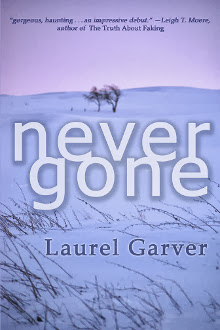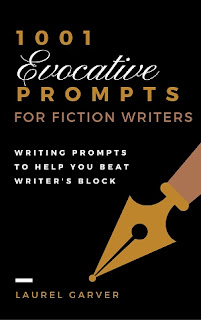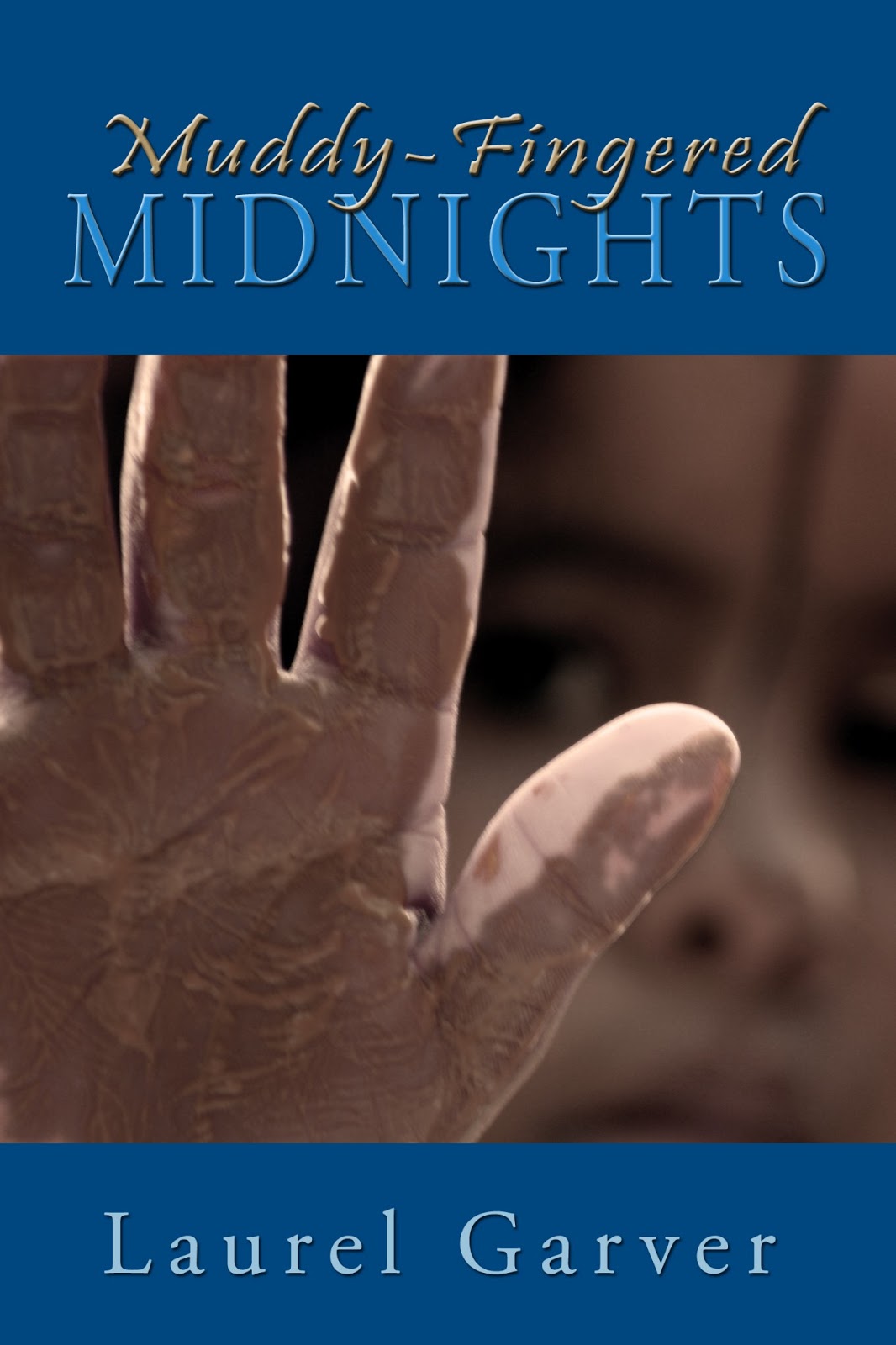| Photo credit: DTL from morguefile.com |
The biggest danger of run-on sentences is incoherence. The reader will lose the thread of what you're saying if information isn't parsed into manageable pieces.
The most common form of run-on is the comma splice. This term refers to two complete sentences joined with a comma when they should either be divided or have a conjunction inserted (i.e., and, but, for, nor, or, so, yet).
Example:
It will be clear and hot today, you should put on sunscreen.
Possible fixes:
It will be clear and hot today. You should put on sunscreen.
It will be clear and hot today, so you should put on sunscreen.
Another cause of run-ons is misuse of conjunctive adverbs like however, moreover, nonetheless.
Example:
Rocco has sent his three children to ivy-league universities, however, he has sacrificed his health working long shifts at the foundry.
Possible fixes:
Rocco has sent his three children to ivy-league universities. However, he has sacrificed his health working long shifts at the foundry.
Rocco has sent his three children to ivy-league universities; however, he has sacrificed his health working long shifts at the foundry.
I am no fan of the semi-colon and would recommend against using the latter method. These two ideas--"children in ivy-league" and "working long shifts"--are not so tightly bonded they need to be in one sentence. The semi-colon version also contains so much information in such a large chunk it can lose a reader.
And speaking of overload, the worst kind of run-on is the clause-a-thon--too many clauses strung together.
Example:
She read the letter from the insurance company that said that the claim we had filed as a result of our accident in center city on May 3 had been sent on to a review committee which would consider the matter and render a decision within a month.
Possible fixes:
She read the letter from the insurance company. It said the claim we'd filed for our May 3 accident had been sent to a review committee. The committee would review the matter and render a decision in a month.
Note that some unnecessary details are dropped and phrases condensed. The claim is for an accident (less wordy than "as a result of"). Where the accident occurred is unimportant. What matters most is whether the insurance company will pay.
The sentence could be further condensed to hit only the most important information:
The insurance company's letter said our car accident claim had been sent to a review committee. We'd have to wait another month for an answer.
The clause-a-thon is the most likely form to occur in fiction. When you run across sentences that are trying to do to much, look for ways to trim details and parse the information into smaller, more manageable chunks.
Example:
My best friend Nancy, who lived down the hall from me and who I first met at a departmental wine-and-cheese event, wore her onyx hair in a braid, smoked clove cigarettes and went through boyfriends like Kleenex.
Possible fixes:
My best friend Nancy lived down the hall from me. We first met at a departmental wine-and-cheese event. She wore her onyx hair in a braid, smoked clove cigarettes and went through boyfriends like Kleenex.
Leaner:
I first met my best friend Nancy at a departmental wine-and-cheese event. Smoke from her clove cigarette had curled around her onyx braid and wafted toward her boyfriend-du-jour.
In some cases, your best fixes will come from deeper level rewrites like this. Instead of using a list to describe Nancy, I turned the descriptions into an active flashback.
Which of these areas trip you up most?












